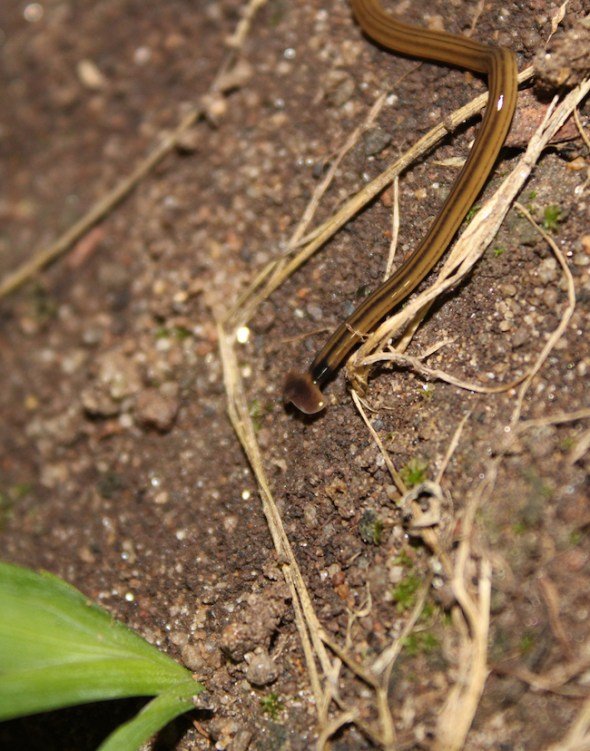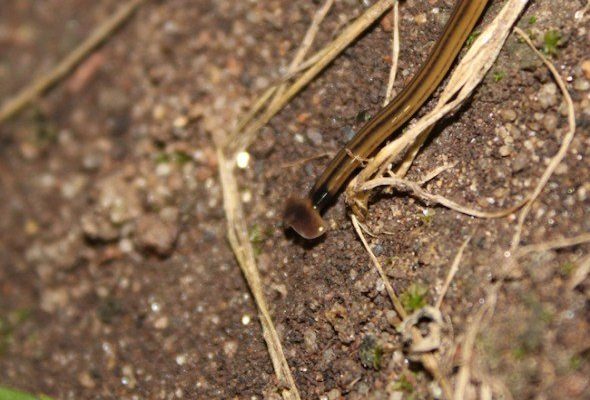
These worms are not only fascinating to observe but also come with their own set of challenges when it comes to safely interacting with them. If you’re thinking about getting up close and personal with hammerhead worms, it’s essential to equip yourself with the right tools—and the right mindset. Let’s dive into how to safely handle hammerhead worms, focusing on the gloves you should wear and the tools that can help you do it right.
Understanding Hammerhead Worms
To safely handle hammerhead worms, it’s helpful to understand what they are. These flatworms belong to the class of planarians and are known for their distinctive head shape, resembling a hammer or shovel. They can range from a few inches to over a foot long, depending on their species and habitat, giving them a striking appearance.
Hammerhead worms are predators in their ecosystems, feeding on earthworms and other small invertebrates. So, you might be wondering, why should we care about them? Well, their introduction can disrupt local ecosystems, especially if they outcompete native species. Understanding their nature is the first step in responsibly managing them.
Why Use Gloves When Handling Hammerhead Worms?
Here’s the thing: while hammerhead worms may look harmless, they produce a toxin that can be dangerous to other animals and potentially irritating to human skin. Wearing gloves when handling them is a must for your safety.
Choosing the right type of gloves is key. You should opt for gloves that are thick enough to protect your skin yet flexible enough to allow for good dexterity. Nitrile gloves are a fantastic option—they’re durable, waterproof, and resistant to chemicals. Also, they provide a snug fit, which helps when you’re trying to get a good grip on these slippery critters.
Types of Gloves to Consider
When it comes to gloves, you have a few options to choose from:
- Nitrile Gloves: These are highly recommended for their strength and resistance to punctures.
- Latex Gloves: They provide good dexterity but might cause allergic reactions in some people.
- Rubber Gloves: A bit bulkier, but great for ensuring you won’t accidentally tear the material.
No matter what you choose, make sure to inspect your gloves for any holes or tears before you start handling the worms. Remember, safety first!
Essential Tools for Handling Hammerhead Worms
Besides gloves, you might want to arm yourself with some tools to make your handling experience safer and more effective. Here are some handy items to consider:
1. **Tongs**: Using tongs can give you an extra layer of distance between you and the worm. Look for a pair that’s long enough to minimize contact.
2. **Container**: A clear container (like a jar) is perfect for transporting the worms if needed. Make sure it has a secure lid to prevent escape!
3. **Spray Bottle**: If you simply want to observe them without direct contact, a spray bottle filled with water can help keep the worms moist and healthy.
Using Tools Safely
When using these tools, be gentle. Hammerhead worms are sensitive, and too much pressure can harm them. If you’re using a container, make sure it has enough air holes. It’s crucial to get the conditions right for these little guys, as they thrive in moist environments.
Think of it like handling delicate sushi; one wrong move could ruin the whole experience! And just like you wouldn’t squeeze your sushi too tightly, be gentle with the hammerhead worm.
What to Do If You Encounter a Hammerhead Worm
You might come across a hammerhead worm unexpectedly while gardening or exploring your yard. If that happens, just keep calm! Here’s a simple step-by-step guide on how to handle the situation:
1. **Wear Your Gloves**: This protects your hands from toxins and prevents any direct contact.
2. **Use Tongs or a Container**: Gently use tongs to lift the worm, or place it in a container if you need to relocate it.
3. **Keep It Moist**: If you’re relocating it, ensure it has enough moisture in its new environment to survive.
4. **Limit Contact**: Try not to touch the worm with your bare hands, as the slime it secretes can be irritating, even if you think it’s fine.
When to Leave Them Alone
Sometimes the best approach is to simply let hammerhead worms be. If they’re not causing damage to your plants or local wildlife, consider allowing them to coexist in your garden. Remember, they have their place in the ecosystem, too!
Potential Risks and Concerns
Handling hammerhead worms isn’t without its risks. Aside from their toxins, these worms can reproduce quickly, especially in warm and moist environments. If you decide to handle or relocate them, be cautious; it’s easy to accidentally disrupt the balance of your local ecosystem.
If you notice that their population is increasing, it might be worth seeking advice from local wildlife authorities or pest control.
In summary, safely handling hammerhead worms isn’t just about being cautious; it’s about being informed and prepared. By wearing the right gloves and using helpful tools, like tongs and containers, you can minimize any risks.
Remember, these fascinating creatures play a role in the ecosystem, so whether you’re observing or managing them, approach with care. So next time you spot a hammerhead worm, you’ll know exactly what to do—confidently and safely. Happy worm handling!

